Coupling Coordination and Dynamic Evolution Analysis of Subsystems of Land Space Utilization Efficiency in China
DOI: 10.23977/erej.2025.090208 | Downloads: 1 | Views: 66
Author(s)
Peiran Yang 1, Fengtai Zhang 1, Aiyu Xie 1, Jing Chen 1, Yunfei Bao 1
Affiliation(s)
1 School of Management, Chongqing University of Technology, Chongqing, 400054, China
Corresponding Author
Fengtai ZhangABSTRACT
Land space serves as the carrier for human survival and development, fulfilling functions such as urban development, agricultural production, and ecological regulation. However, urbanization intensifies conflicts in land use, making it imperative to study the efficiency of land space utilization and the coupling coordination of its subsystems from a sustainable perspective to optimize land layout and development. Based on the classification standards of urban, agricultural, and ecological spaces, this paper quantitatively analyzes the coupling coordination degree (CCD) of the three systems of China's land space utilization efficiency (LSUE) from 2010 to 2021. Through the LISA time path and spatiotemporal transitions, the study explores the evolutionary trends and spatial dynamics of CCD. The findings reveal that the spatial pattern of CCD exhibits strong stability and significant spatial cohesion. This research aims to provide planning and theoretical support for the sustainable utilization of territorial space in developing countries from the perspective of coupling coordination.
KEYWORDS
Land Space; Coupled Coordination; Dynamic EvolutionCITE THIS PAPER
Peiran Yang, Fengtai Zhang, Aiyu Xie, Jing Chen, Yunfei Bao, Coupling Coordination and Dynamic Evolution Analysis of Subsystems of Land Space Utilization Efficiency in China. Environment, Resource and Ecology Journal (2025) Vol. 9: 72-80. DOI: http://dx.doi.org/10.23977/erej.2025.090208.
REFERENCES
[1] Fu, J. Y., Bu, Z. Q., Jiang, D., Lin, G., and Li, X. (2022) Sustainable land use diagnosis based on the perspective of production-living-ecological spaces in China. Land Use Policy, 122.
[2] Wang, D., Fu, J. Y., Xie, X. L., Ding, F. Y., and Jiang, D. (2022) Spatiotemporal evolution of urban-agricultural-ecological space in China and its driving mechanism. Journal of Cleaner Production, 371.
[3] Ahmad, M., Rehman, A., Shah, S. A. A., Solangi, Y. A., Chandio, A. A., and Jabeen, G. (2021) Stylized heterogeneous dynamic links among healthcare expenditures, land urbanization, and CO2 emissions across economic development levels. Science of the Total Environment, 753, 142228.
[4] Li, J. S., Sun, W., Li, M. Y., and Meng, L. L. (2021) Coupling coordination degree of production, living and ecological spaces and its influencing factors in the Yellow River Basin. Journal of Cleaner Production, 298.
[5] Zhang, X. D., and Han, H. Y. (2024) Characteristics and factors influencing the expansion of urban construction land in China. Scientific Reports, 14(1).
[6] Wang, W., Hu, Y. C., Wang, J. H., and Niu, S. (2024) Urban construction land allocation efficiency of urban agglomerations in China based on a stochastic frontier production function approach. Journal of Cleaner Production, 434.
[7] Jiang, H. L. (2021) Spatial-temporal differences of industrial land use efficiency and its influencing factors for China's central region: Analyzed by SBM model. Environmental Technology & Innovation, 22.
[8] Wang, Q., Wang, Y. A., Chen, W., Zhou, X., and Zhao, M. J. (2021) Factors affecting industrial land use efficiency in China: analysis from government and land market. Environment Development and Sustainability, 23(7), 10973–10993.
[9] Zhang, J. Y., Zhang, P., Liu, Y. Y., Lu, S. S., and Wu, G. Y. (2024) An analysis of the spatiotemporal evolution and driving force of cultivated land green utilization in karst region of southwest China. Journal of Cleaner Production, 434.
[10] Yin, R. M., Wang, Z. Q., and Xu, F. (2023) Multi-scenario simulation of China's dynamic relationship between water-land resources allocation and cultivated land use based on shared socioeconomic pathways. Journal of Environmental Management, 341.
[11] Liu, J., Jin, X. B., Li, H. B., Zhang, X. L., Xu, W. Y., Fan, Y. P., and Zhou, Y. K. (2022) Spatial-temporal changes and driving factors of the coordinated relationship among multiple land use efficiencies integrating stakeholders' vision in eastern China. Journal of Cleaner Production, 336.
[12] Liu, J., Jin, X. B., Xu, W. Y., Gu, Z. M., Yang, X. H., Ren, J., Fan, Y. T., and Zhou, Y. K. (2020) A new framework of land use efficiency for the coordination among food, economy and ecology in regional development. Science of the Total Environment, 710.
[13] Weng, Q. Q., Lian, H. H., and Qin, Q. D. (2022) Spatial disparities of the coupling coordinated development among the economy, environment and society across China's regions. Ecological Indicators, 143.
[14] Wang, H. Q., Lu, X. C., Guo, Q. J., and Zhang, Y. J. (2023) The Spatiotemporal Measurement of Coordinated Development of Resource-Environment-Economy Based on Empirical Analysis from China's 30 Provinces. Sustainability, 15(8).
[15] Liu, S. C., Xiao, W., Li, L. L., Ye, Y. M., and Song, X. L. (2020) Urban land use efficiency and improvement potential in China: A stochastic frontier analysis. Land Use Policy, 99.
[16] Xu, X. D., He, Y. H., Tan, Q., and Chen, X. H. (2025) Measurement and driving mechanisms of water use efficiency in the three major urban agglomerations in China from the perspective of green and sustainable development. Ecological Indicators, 178.
[17] Zhang, R. T., and Lu, J. F. (2022) Spatial-Temporal Pattern and Convergence Characteristics of Provincial Urban Land Use Efficiency under Environmental Constraints in China. International Journal of Environmental Research and Public Health, 19(17).
[18] Wang, Z. Y., Fu, H. Y., Liu, H. G., and Liao, C. (2023) Urban development sustainability, industrial structure adjustment, and land use efficiency in China. Sustainable Cities and Society, 89.
[19] Wang, S. J., Kong, W., Ren, L., Zhi, D. D., and Dai, B. B. (2021) Research on misuses and modification of coupling coordination degree model in China. Journal of Natural Resources, 36(3), 793-810.
[20] Yang, B., Yang, J., Tan, L., and Xiao, J. Y. (2023) Understanding the change of land space utilization efficiency with different functions and its coupling coordination: A case study of Urban Agglomeration in the Middle Reaches of the Yangtze River, China. Journal of Geographical Sciences, 33(2), 289–310.
| Downloads: | 5841 |
|---|---|
| Visits: | 423781 |
Sponsors, Associates, and Links
-
International Journal of Geological Resources and Geological Engineering
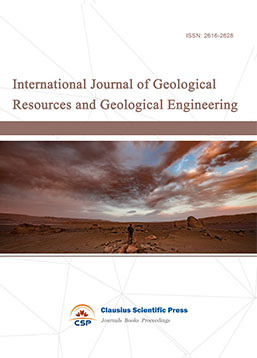
-
Big Geospatial Data and Data Science
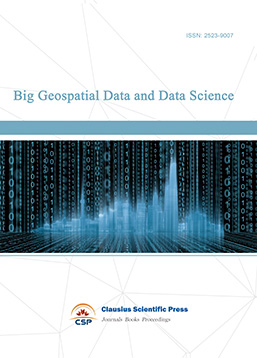
-
Solid Earth and Space Physics

-
Environment and Climate Protection
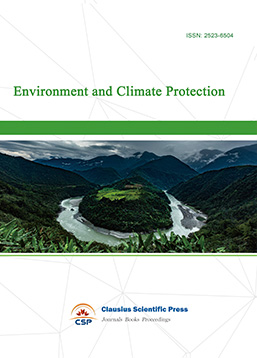
-
Journal of Cartography and Geographic Information Systems

-
Offshore and Polar Engineering

-
Physical and Human Geography
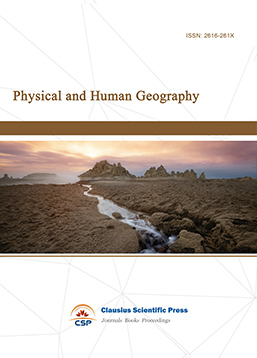
-
Journal of Atmospheric Physics and Atmospheric Environment

-
Trends in Meteorology

-
Journal of Coastal Engineering Research

-
Focus on Plant Protection
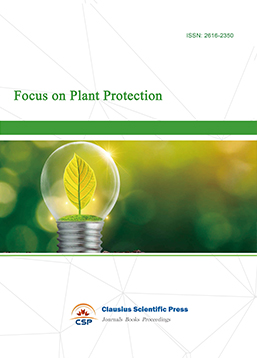
-
Toxicology and Health of Environment
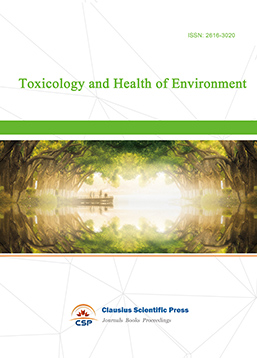
-
Geoscience and Remote Sensing

-
Advances in Physical Oceanography
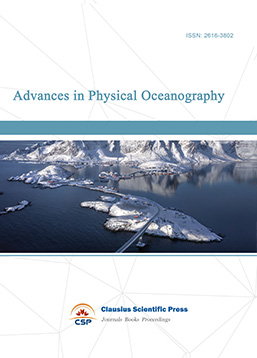
-
Biology, Chemistry, and Geology in Marine
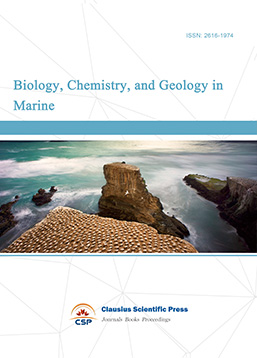
-
Water-Soil, Biological Environment and Energy
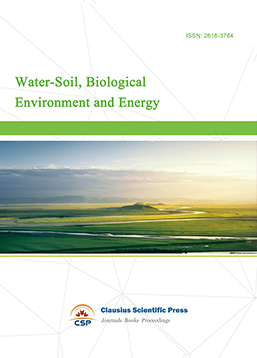
-
Geodesy and Geophysics
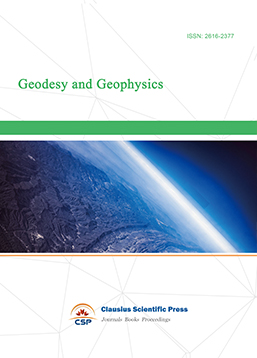
-
Journal of Structural and Quaternary Geology
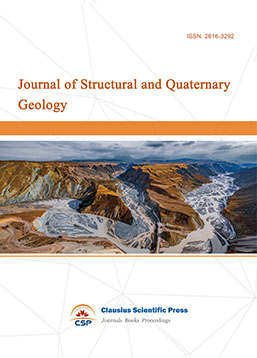
-
Journal of Sedimentary Geology

-
International Journal of Polar Social Research and Review


 Download as PDF
Download as PDF